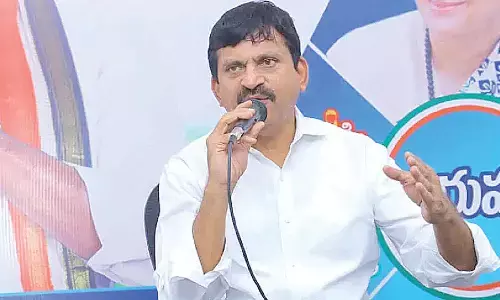New Delhi: Aditya-L1 to track sun during total solar eclipse

India's maiden solar probe, Aditya L1, will track the sun as it gets cloaked by the moon, creating a brief period of darkness in several parts of North America, during the total solar eclipse.
New Delhi : India's maiden solar probe, Aditya L1, will track the sun as it gets cloaked by the moon, creating a brief period of darkness in several parts of North America, during the total solar eclipse.
The total solar eclipse will occur on April 8 as the sun, moon and earth align in a straight line leading to darkness during the daytime. The cloaking will create a period of totality expected to last over four minutes, illuminating the enigmatic outer layer of the sun that is not visible from earth. The Adiya L1 mission has six instruments as it observes the sun from Lagrange Point 1, nearly 15 km from earth. Of the six, two instruments could be primed to observe the sun during the eclipse. These are the visible emission line coronagraph (VELC) and the solar ultraviolet imaging telescope (SUIT).
The coronagraph studies the sun's outer layer, the corona, by blocking the sun's disk and creating an artificial eclipse onboard the spacecraft. Meanwhile, the Suit images the solar photosphere and chromosphere in near ultraviolet.
During the eclipse, the sun's corona is visible as the moon blocks the solar disk and reveals the outer bright layers shining, and can be seen from earth for a brief moment. The corona is not visible, otherwise, from the planet.
"The eclipse presents a rare opportunity to observe the sun from both space and on earth and then go on to get a comprehensive picture by cross-relating the observations at a later stage. We would be planning to observe the sun with Aditya L1's Suit instrument," Professor Durgesh Tripathi, Principal Investigator of Aditya L1's Suit instrument at the Inter-University Centre for Astronomy and Astrophysics (IUCAA) said.
The Aditya L1 spacecraft entered its halo orbit at Lagrange Point 1 earlier this year after leaving Earth in 2023. The spacecraft is being calibrated in the coldness of space at L1 and has begun science observations.



















